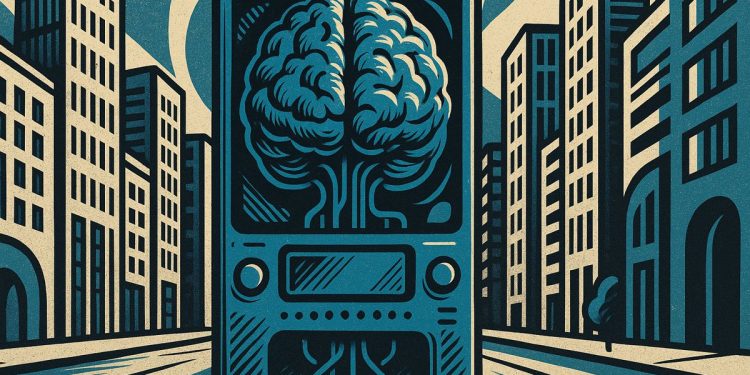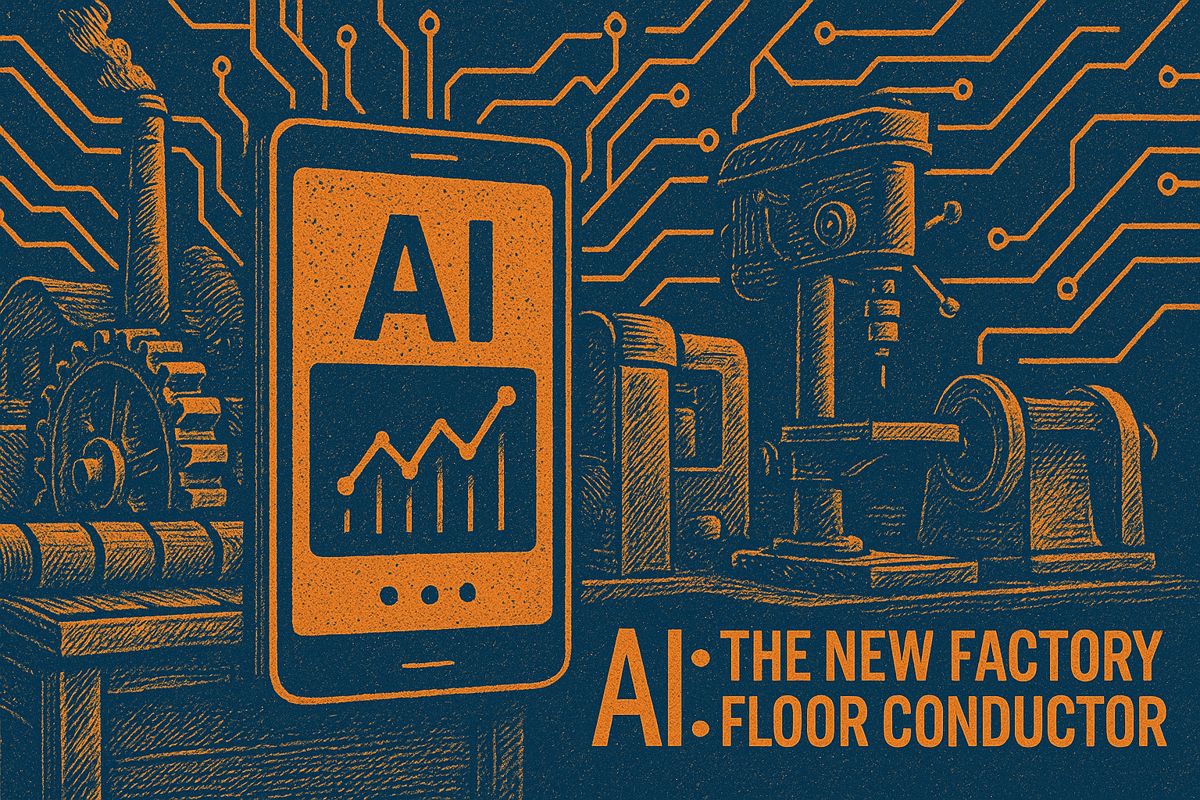COOs are leading the charge in using AI, focusing on specific tasks that bring big results, like smarter supply chains or automated finance. The best results come from picking one tough problem and using AI to solve it, while making sure rules and data are strong. Teams aren’t being replaced; instead, workers are retrained for new roles as AI takes on routine work. Good data and clear rules are key, and companies that treat AI as a partner are pulling ahead fast. The message: act quickly, start small, and get everyone ready before launching AI.
How can COOs successfully scale AI across their organizations without disrupting operations?
To scale AI effectively, COOs should focus on high-impact, narrowly defined use cases, such as supply chain forecasting or finance automation. Key steps include establishing strict AI governance, investing heavily in data quality, and prioritizing workforce reskilling—ensuring operational trust, budget control, and smooth adoption.
Chief Operating Officers have moved past the pilot stage. In 2025, 91% of middle-market companies already run some form of AI, and COOs are the ones turning experiments into everyday operations. The challenge is no longer “can we do it?” but “how do we scale it without breaking trust, budgets, or workflows?”
Target the pain, not the hype
PwC’s latest forecast shows that the highest ROI comes from tightly scoped use cases: supply-chain forecasting that cuts inventory 10-15%, finance bots that clear 70% of routine invoices overnight, or service desks that answer complex queries without a human loop. McKinsey’s field study of 47 COOs confirms the pattern – projects mapped to a single, high-friction process reach payback in under nine months, while broad “digital transformation” programmes often stall at 18.
Agentic AI reshapes teams
Beyond chatbots, agentic systems now run multi-step procedures end-to-end. One European logistics group runs 600 autonomous agents that re-plan delivery routes every 15 minutes, integrating weather, traffic and customer windows without dispatchers. The workforce did not shrink; dispatchers became exception managers and customer-experience coaches, roles that required a six-week reskill programme built jointly by HR and the COO’s office.
Governance is the new bottleneck
As AI moves to core systems, governance moves from slide decks to code. IBM’s 2025 CEO study reports that organisations with an AI risk framework see 30% fewer production incidents. Typical set-ups include a CAIO for policy, the COO for process impact, and rotating “red-team” audits that test agents on bias, security and downtime tolerance. Contracts are also shifting: vendors who once sold SaaS seats now commit to uptime SLAs measured in seconds, reflecting mission-critical expectations.
Data quality still eats strategy
Alation’s audit of 412 enterprises shows that data integration, not model choice, is the top barrier for COOs. Firms that invested in canonical data layers and API gateways moved AI features to market 2.3× faster than peers. Budget reality check: most allocate 40 cents of every AI dollar to cleansing and lineage tools, not algorithms or GPUs.
Workforce adaptation, quantified
RSM’s June 2025 pulse finds 70% of firms hire outside change-management partners for AI roll-outs. Upskilling cadence has compressed from annual courses to quarterly sprints; frontline workers now spend an average of 3.2 hours per month in AI simulation labs. Attrition in pilot teams is 50% lower when workers co-design the interface, reinforcing trust and adoption. – Description: The claim that 91% of middle-market companies will be using AI in 2025 needs verification, ideally with a recent industry survey or report.
Competitive gap is widening
Leaders that treat AI as an active teammate, not a tool, already report 12-18% EBIT gains. Laggards still view AI as an IT project and trail by roughly the same percentage. IDC’s projection: by 2027, every percentage point of operational cost advantage will translate to 0.9 points of market-share gain in industries with tight margins.
The COO’s playbook is clear: pick one painful process, pair agentic AI with strict governance, and retrain the team before the algorithm goes live. The window for cautious experimentation is closing fast. COO strategies for scaling AI in business operations



















